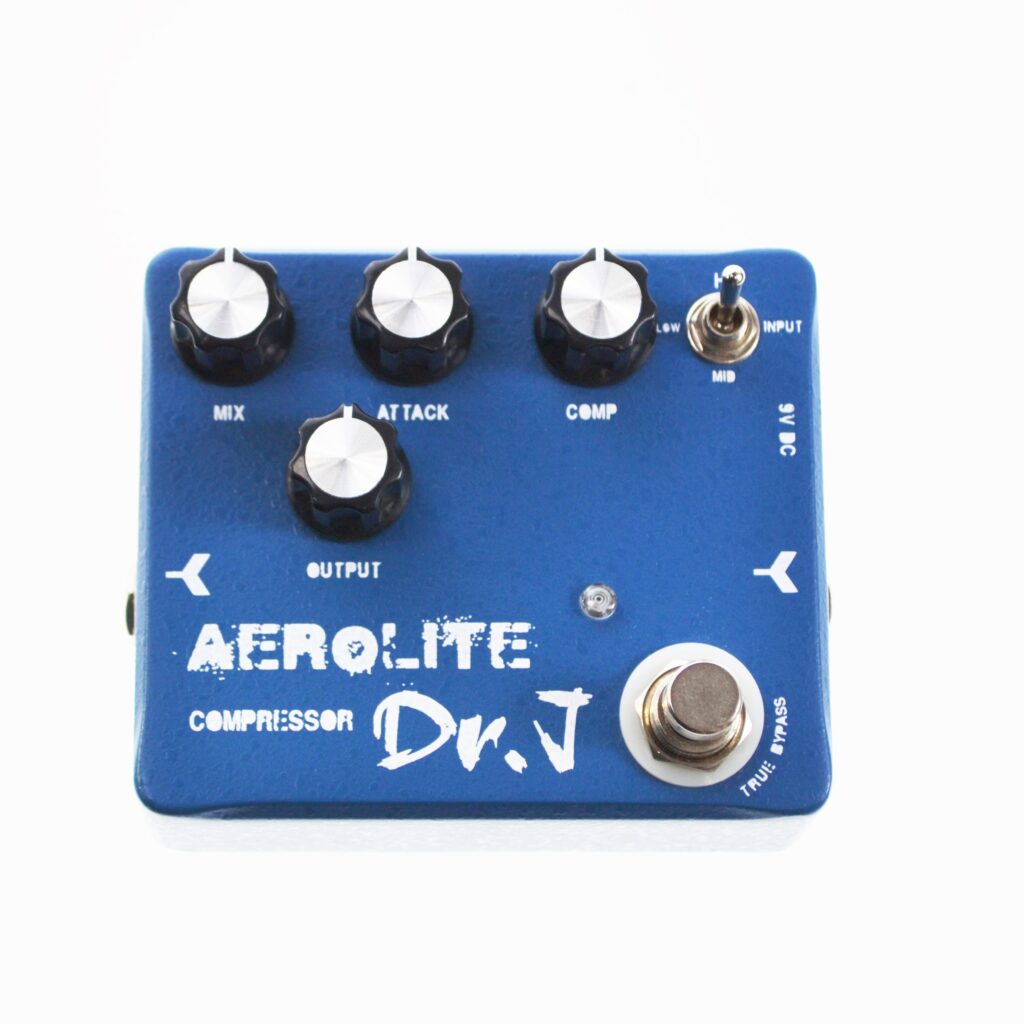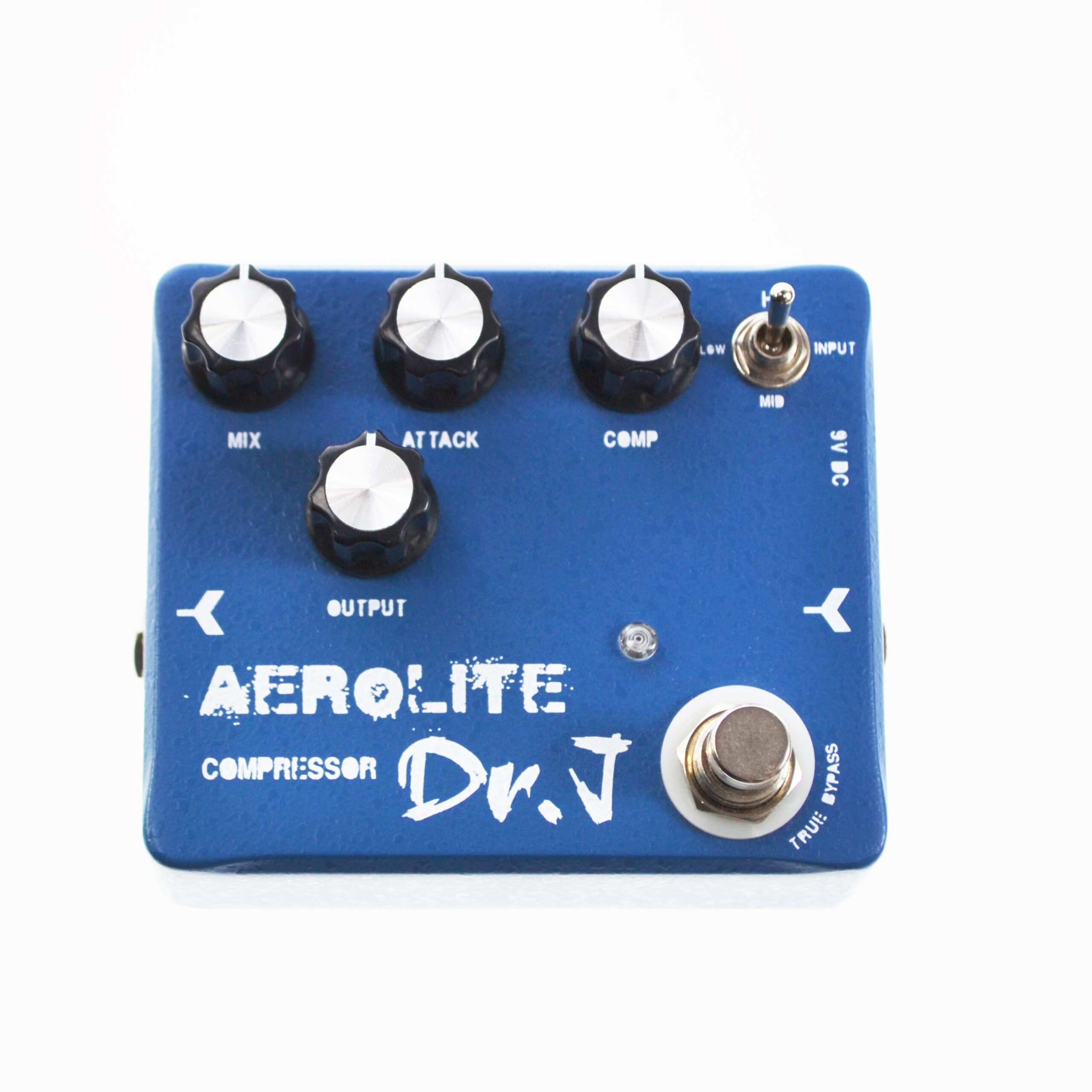
In the world of guitar effects, compression stands as a quiet yet powerful tool that has the potential to revolutionize the way your guitar sounds and feels. Often considered the unsung hero of pedalboards, compression effects might not be as flashy as overdrive or delay pedals, but their impact on your guitar’s tone and dynamics is nothing short of remarkable.
Understanding Compression:
At its core, a compressor pedal regulates the dynamic range of your guitar signal. It works by reducing the volume of loud sounds and boosting softer ones, effectively narrowing the gap between the highest and lowest volumes. This evens out the overall sound, making it more consistent and controlled.
Taming Dynamics:
One of the primary functions of a compressor is to smooth out erratic dynamics. When playing, especially with techniques like fingerpicking or slapping, there can be significant volume discrepancies between softer and louder notes. Compression mitigates these differences, allowing for a more balanced and polished sound.
Sustain and Presence:
By enhancing sustain, a compressor effect allows notes to ring out longer, creating a fuller and more resonant sound. This extended sustain is especially beneficial for solos, making your notes sing and ensuring a more prominent presence in the mix.
Creating Punch and Definition:
In addition to sustain, compression helps in adding punch and definition to your playing. When set appropriately, it accentuates the attack of each note, making them more pronounced and impactful without losing their natural feel.
Choosing the Right Compression:
Different compressors offer various features and tonal characteristics. Some provide transparent compression, maintaining the natural sound of your guitar, while others impart coloration or vintage warmth. Understanding your preferences and experimenting with different compressor pedals can help find the one that suits your playing style and desired sound.
Compressor Placement:
Where you position the compressor in your signal chain can significantly impact its effectiveness. Placing it before overdrive or distortion pedals can alter the way these effects respond to your playing, while positioning it after these effects can tame their harshness and maintain a more consistent output.
Compressor Pedal Conclusion:
The magic of compression effects for guitars lies in their ability to refine your playing dynamics, enhance sustain, and add character to your sound. While it might not be the most talked-about pedal on your board, the subtle yet transformative impact of a compressor can elevate your guitar tone to new heights.
Experimenting with compression settings and understanding how it interacts with your playing style will unlock a world of possibilities, empowering you to sculpt your desired sound and bring out the best in your guitar playing. Whether for live performances, studio recordings, or everyday practice sessions, the compressor stands as an indispensable tool for guitarists seeking control, consistency, and sonic excellence.

